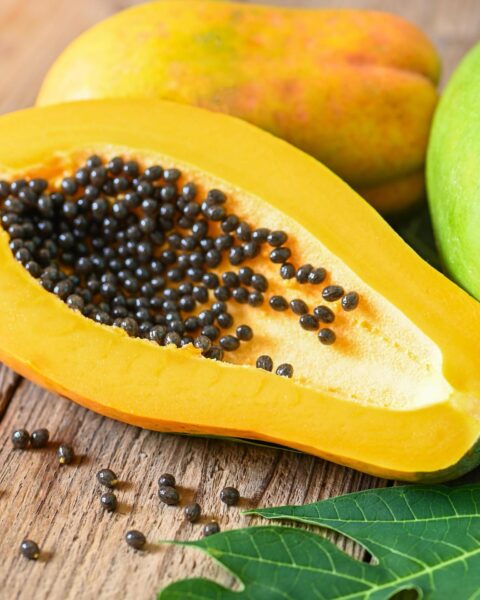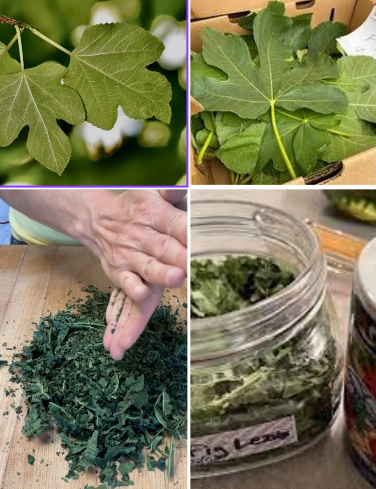Growing a mango tree in a pot is a rewarding project that brings the exotic allure of tropical fruit into your home or garden.
Growing a mango tree in a pot is not only a rewarding endeavor for tropical fruit enthusiasts but also a feasible project for those with limited garden space or living in cooler climates.
Mangoes, with their lush, dense foliage and succulent fruits, embody the essence of the tropics.
However, cultivating these trees in containers requires specific care to ensure they thrive and eventually bear fruit.
This comprehensive guide will walk you through the entire process, from selecting the right variety and pot to ensuring the long-term health and productivity of your mango tree.
Selecting the Right Mango Variety
The journey to growing a successful potted mango tree begins with choosing an appropriate variety. Dwarf and semi-dwarf varieties are best suited for container cultivation due to their more compact growth habit, which makes managing the tree’s size easier.
Some popular varieties that are known for performing well in pots include ‘Carrie,’ ‘Cogshall,’ ‘Mallika,’ ‘Dwarf Hawaiian,’ and ‘Pickering.’ These varieties are not only manageable in size but also known for their exceptional fruit quality.
Choosing a Suitable Pot
The choice of pot is crucial for the health of your mango tree. Opt for a large, robust container that can accommodate the tree’s growth for several years.
A 15-20 gallon pot is suitable for starting a young tree, but be prepared to repot it into a larger container as it grows. Ensure the pot has adequate drainage holes to prevent waterlogging, which can lead to root rot, a common issue in poorly drained soils.
Soil Composition and Planting
Mango trees flourish in well-draining soil with a slightly acidic to neutral pH (5.5 to 7.5). Create an ideal growing medium by mixing potting soil with perlite and compost, which will ensure both good drainage and nutrient richness.
When planting, position the mango seed or sapling in the center of the pot, making sure the top of the rootball is just below the soil surface. This will encourage healthy root development.
Sunlight and Temperature Requirements
Adequate sunlight is essential for the growth and fruiting of mango trees. Place your container in a spot that receives at least 6-8 hours of direct sunlight daily.
Mango trees are inherently tropical and thrive in warm temperatures. In regions with cooler climates, it’s important to move the tree indoors or to a protected area when temperatures drop below 30°F (-1°C), as they are highly frost-sensitive.
Watering and Fertilization
Regular watering is key to maintaining a healthy mango tree, but overwatering must be avoided. Allow the top inch of soil to dry out before watering again.
During the active growing season, feed your mango tree every 4-6 weeks with a balanced, slow-release fertilizer to support its growth and fruiting potential.
Reduce watering and cease fertilization during the winter months when the tree enters a dormant phase.
Pruning for Health and Productivity
Annual pruning is essential for keeping your mango tree at a manageable size and shape, particularly important for trees grown in containers.
Pruning also encourages fruit production. Remove any dead, damaged, or overcrowded branches, and trim the tree to promote a bushy, productive growth habit.
If growing the tree indoors for part of the year, ensure it receives sufficient light, supplementing with grow lights if necessary.
Ensuring Successful Pollination
While mango trees are self-fertile and can produce fruit without cross-pollination, enhancing pollination can increase fruit set.
This is especially important for trees grown indoors or in areas with limited insect activity. You can hand-pollinate flowers using a small paintbrush to transfer pollen from one flower to another, mimicking the natural action of bees.
Patience Is Key: From Flowering to Harvest
Patience is a virtue when growing mango trees, particularly in pots. Trees grown from seed can take up to five years to bear fruit, while grafted saplings may produce fruit sooner.
Monitor your tree for flowering, which is a sign that fruiting is not far behind. Mango fruits take several months to develop and ripen. Harvest time is indicated when fruits emit a fruity aroma and their skin begins to change color.
In conclusion, growing a mango tree in a pot is a rewarding project that brings the exotic allure of tropical fruit into your home or garden.
By carefully selecting the right variety, providing adequate care, and practicing patience, you can cultivate a thriving mango tree that will delight you with its lush foliage and delectable fruits for years to come.
With dedication and attention to detail, the dream of harvesting your own mangoes can become a reality, even in the smallest of spaces.






